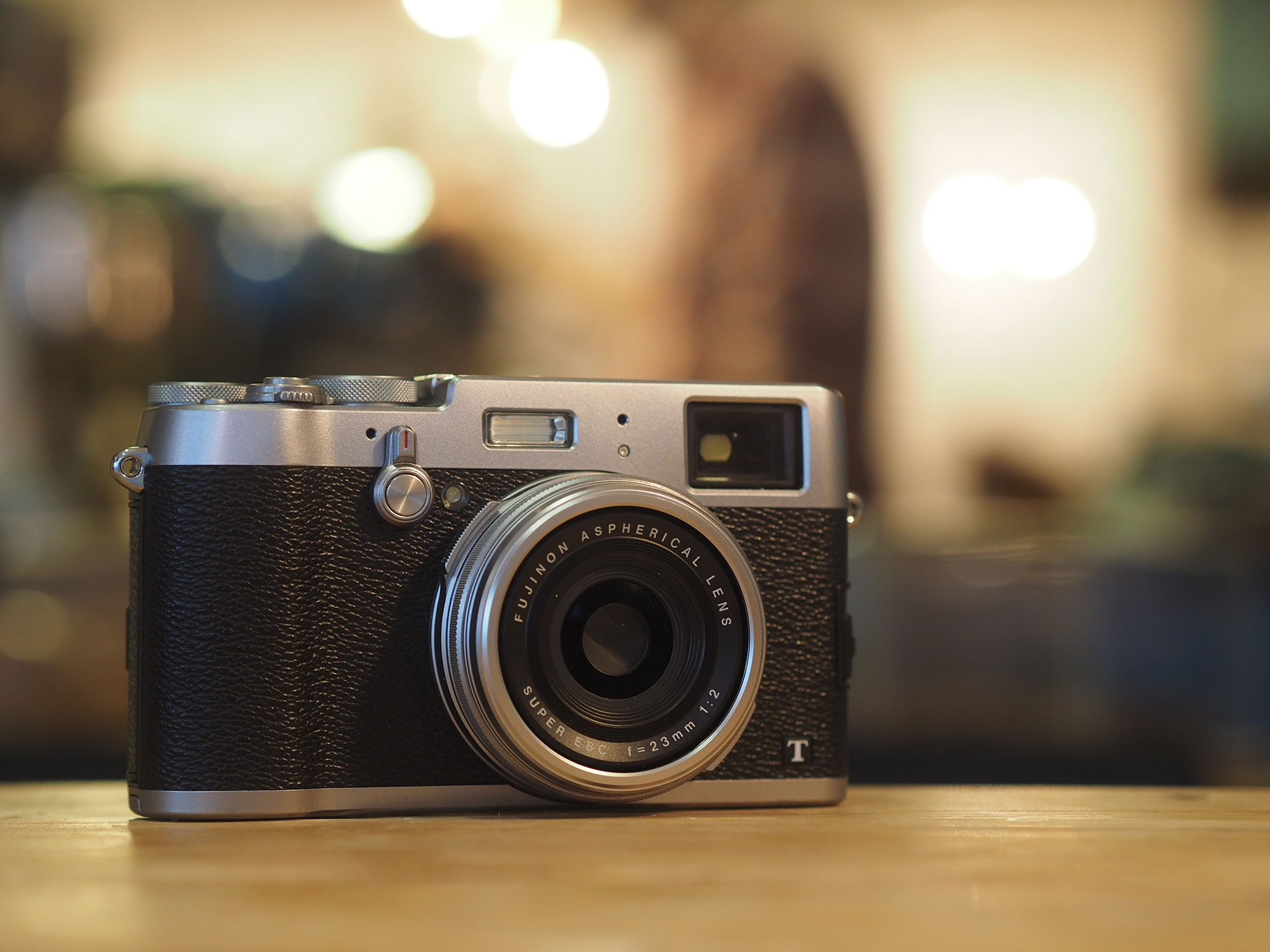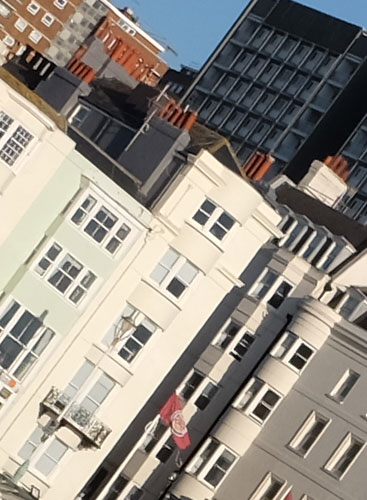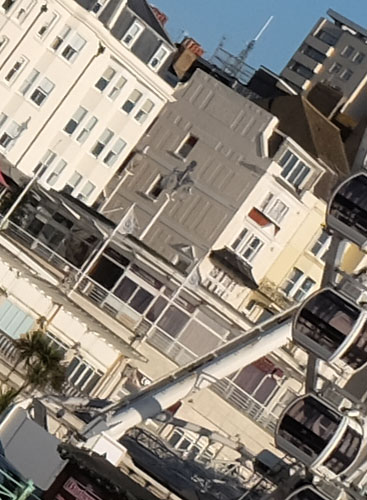| To compare real-life performance, I shot this scene with the Fujifilm X100T and Olympus OMD EM1 within a few moments of each other. To match the 35mm equivalent field of view of the X100T, I fitted the OMD EM1 with the Olympus 17mm f1.8 prime. There were still minor differences due to slightly different focal lengths and aspect ratios, but I think it’s a fair comparison. Both cameras were set to RAW+JPEG. I’m presenting the JPEG results here and will add RAW results if I can achieve a better result.I chose a prime lens for the Olympus to put it on a level playing field with the X100T’s built-in prime lens. The M.Zuiko Digital 17mm f1.8 also of course works on any Micro Four Third body, so the results you see below will be roughly comparable to what you’d get if you fitted it on, say, a Panasonic Lumix GM1 / GM5.I shot the scene at every aperture setting, expecting to find a sweetspot for the Olympus at around f4 and for the X100T at around f5.6. The Olympus combination performed as expected, delivering its best result between f4 and f5.6, and I selected the latter here as it contained more detail than the f4 version.The X100T test scene became sharper as the aperture closed and was looking good at f5.6 in the middle, but a little soft in the extremes. This softness gradually disappeared as I closed the aperture further, with the f8 and f11 versions looking best overall. I was initially concerned about diffraction, but Fujifilm’s Lens Modulation Optimiser does a great job at reducing the impact at small apertures. As I found with the XT1, diffraction remains a problem (albeit less than without LMO) at f16 and f22, but at f8 to f11 it does a great job.We could argue all day about whether we’re testing the lens, the sensor or the image processing, but in a fixed lens camera like the X100T all three are part of the package. So I’m happy to present results which looked best overall, and in the case of this scene, that was at f11.Right, now that’s out of the way, let’s look at the crops, presented as always at 100% below from the areas marked by the red rectangles in the thumbnail view above right. Scanning through the crops and paying particular attention to the fine details in the railings, grills and signage, there’s actually a very similar degree of real-life resolution between them. They both share 16 Megapixel resolutions, but of course the lens and processing plays a part and both systems as tested were quite similar. Look closely and you’ll see the X100T is a little crisper on the first crop from the extreme top left corner, but there’s not a huge amount in it. Certainly when you compare the other crops, their degree of real-life is very similar.Their potential depth of field is also essentially the same. In full-frame equivalence, the Olympus lens becomes f3.6 and the X100T f3.5, and while the Olympus lens gathers a tad more light (f1.8 vs f2), this is counteracted by the slightly smaller sensor of Micro Four Thirds vs Fujifilm X-Trans. So ultimately there’s not a great deal to separate their performance, and it proves you can essentially match the X100T’s resolution with a Micro Four Third system fitted with the Olympus 17mm f1.8 prime, and either opt for an Olympus body with built-in stabilization, or a potentially smaller one from Panasonic without. I ultimately prefer Fujifilm’s colour and processing, but I don’t think it’s a runaway win in this example.For loads more photos of the X100T in action, check out my Fujifilm X100T sample images, or head straight to my verdict! | |
|





















